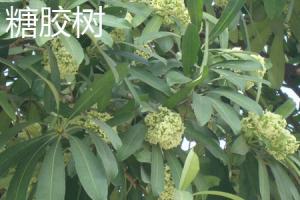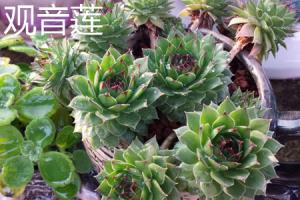Introduction
When it comes to planting fruit trees, choosing the right size planter is critical. The size of the planter can impact the growth and health of the tree, as well as the amount of fruit it produces. In this article, we will discuss what size cube planter is best for a fruit tree based on its size and other factors.
Fruit Tree size
The first factor to consider when selecting a cube planter for a fruit tree is the size of the tree. A small fruit tree, such as a dwarf apple tree, can thrive in a 12x12 inch planter. A medium-sized fruit tree, such as a peach or apricot, will require a larger planter that is at least 24x24 inches. A large fruit tree, such as a mature avocado or citrus tree, may require a planter that is 36x36 inches or larger.
Density of the Soil
The type of soil used in the planter can also affect the size of the cube planter needed for a fruit tree. Heavy clay soils, for example, can suffocate the roots of the tree if the planter is too small. In this case, a larger cube planter would be necessary to ensure adequate airflow and drainage. Lighter soils, such as sandy loam, may allow for a smaller planter size as the soil can better absorb and drain water.
Watering Needs
The watering needs of a fruit tree can also affect the recommended size of the cube planter. Trees that require frequent watering, such as citrus and avocado trees, may benefit from a larger planter as it can hold more water and reduce the need for frequent watering. Fruit trees that require less frequent watering, such as apple or pear trees, may do well in smaller planters as they do not need as much water and can dry out between watering sessions.
Tree Growth Potential
It's also essential to factor in the growth potential of the fruit tree when deciding on the size of the cube planter. For trees that have a slow growth rate or remain compact, the planter size can be smaller, such as a 12x12 inch cube planter. On the other hand, fruit trees that grow rapidly or can become large at maturity, such as a mature lemon or peach tree, may require a bigger planter to ensure that they have enough room for root growth and are not restricted by a small space.
Conclusion
Choosing the right size cube planter for a fruit tree is crucial to ensure its health, growth, and productivity. While there are no hard and fast rules for selecting the right size, it's essential to consider factors like the size of the tree, the type of soil used, watering needs, and growth potential when making a decision. By keeping these factors in mind, you can choose the appropriate cube planter and enjoy the benefits of a healthy, thriving fruit tree in your garden.

 how many times do yo...
how many times do yo... how many planted tre...
how many planted tre... how many pine trees ...
how many pine trees ... how many pecan trees...
how many pecan trees... how many plants comp...
how many plants comp... how many plants can ...
how many plants can ... how many plants and ...
how many plants and ... how many pepper plan...
how many pepper plan...

































